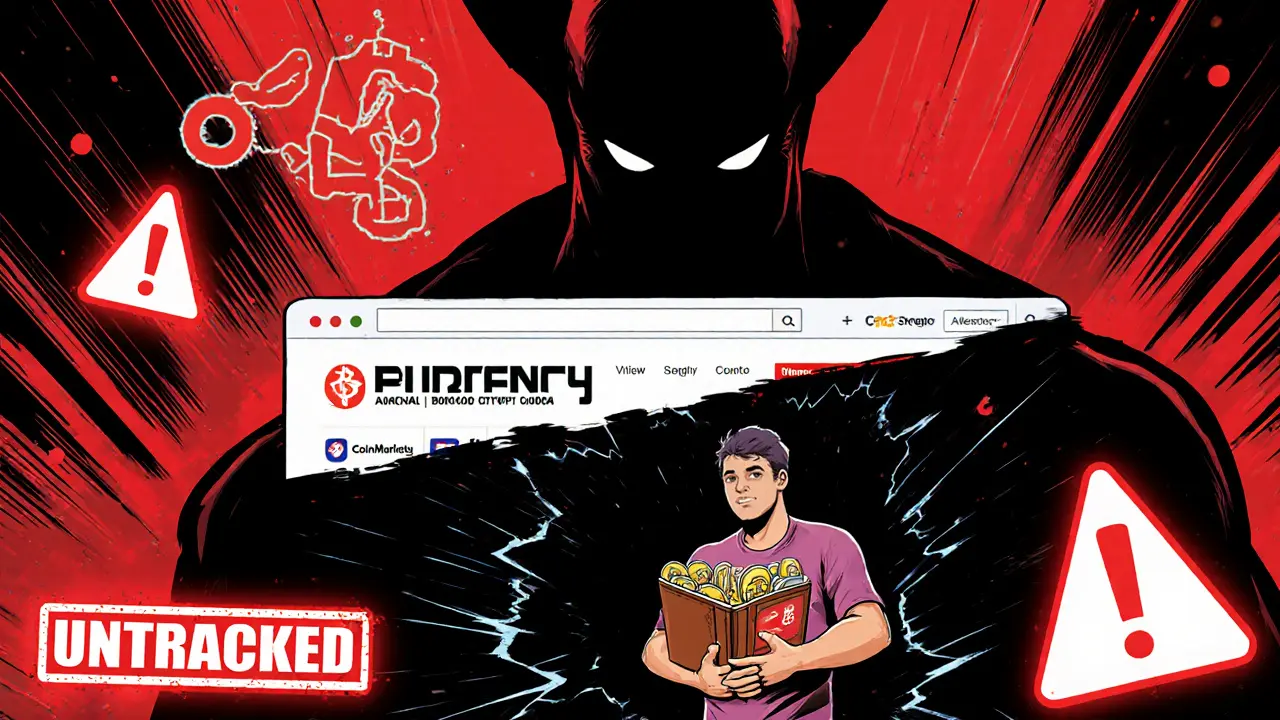When you hear Burency Global, a crypto exchange platform that once offered spot trading and margin services across multiple blockchains. Also known as Burency, it was designed to bridge centralized and decentralized finance by letting users trade tokens without strict KYC. But today, Burency Global isn’t what it used to be. It’s not listed on major tracking sites like CoinGecko or CoinMarketCap, and its website has been offline for months. That doesn’t mean it’s irrelevant—it means you need to understand what happened to it before you trust any new platform that looks similar.
Burency Global was part of a wave of mid-tier exchanges that popped up between 2021 and 2023, promising low fees and fast withdrawals. It wasn’t as big as Binance or as niche as a DEX like Uniswap. Instead, it tried to sit in the middle: offering a simple interface for users who wanted more control than a CEX gave, but didn’t want to manage their own wallet for every trade. That’s why it showed up in discussions about decentralized exchange, a trading platform that doesn’t hold your funds or require identity verification hybrids. But here’s the catch: if a platform calls itself decentralized but still requires email sign-ups and has a central team behind it, you’re dealing with a gray area. And that’s exactly where Burency Global ended up—too centralized to be trusted as a true DEX, too obscure to be trusted as a CEX.
What’s more, Burency Global’s disappearance isn’t an isolated case. It’s part of a pattern. We’ve seen the same thing happen with Bitfront, a now-defunct U.S.-focused crypto exchange that shut down after regulatory pressure, and with Zedcex, a platform that faded after losing liquidity and user trust. These aren’t random failures. They’re symptoms of a market where new exchanges rise fast, promise big returns, then vanish when they can’t attract real volume or survive compliance checks. If you’re looking at Burency Global now, you’re probably seeing a ghost—or worse, a clone site trying to steal your keys.
So why does this matter? Because every time a platform like Burency Global disappears, it leaves behind users who didn’t back up their wallets, forgot their passwords, or trusted a platform that never had real transparency. The real lesson isn’t about Burency Global itself—it’s about how to spot a platform that’s built to last. Look for open-source code, real community activity, and third-party audits. Avoid anything that looks too good to be true, especially if it’s not listed anywhere official.
Below, you’ll find real reviews and breakdowns of crypto exchanges that are still active—some that replaced Burency Global, others that avoid its mistakes. You’ll learn what to watch for, who to trust, and how to protect your assets when the next shiny platform comes along.

Burency Global claims to be a regulated crypto exchange, but as of 2025, it has no trading volume, no user reviews, no regulatory proof, and no customer support. It shows all signs of being a scam. Avoid it and use trusted platforms like Coinbase or Gemini instead.